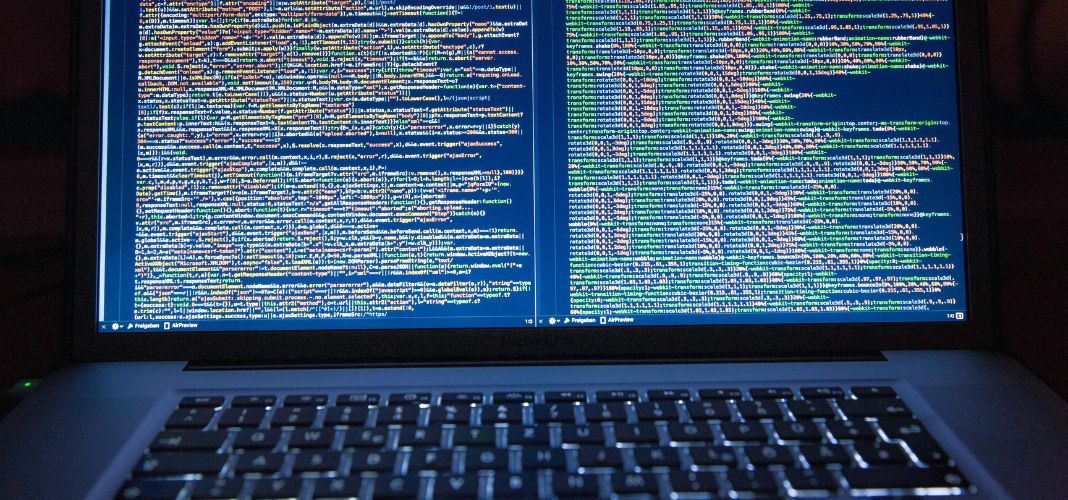There’s always a “next big thing” in tech. But this one isn’t about new gadgets or social apps. It’s about the internet itself and how it’s being rebuilt from the ground up. Web3 is the name people are giving to this shift. Not a new product, not a new company. A new version of the web. If that sounds abstract, let’s make it clearer by first looking at where we’ve come from.
Web1, Web2, Web3: What Changed?
The internet started simple. Read-only pages. Limited interactivity. That was Web1. Then came Web2—the social web. People could post, share, react, build audiences. Platforms like Facebook and YouTube gave people a voice but also took control of the stage.
Now comes Web3. The core idea? Give control back to users. Not just of content, but identity, assets, and access. Instead of companies owning the platforms, users can shape, govern, and even own parts of the system.
Why Web3 Isn’t Just a Trend
It’s tempting to think of Web3 as a passing idea—one more buzzword in a long line of tech slogans. But something’s different this time.
Web3 doesn’t introduce just a new tool. It challenges who gets to control the tools. In the past, signing into a site meant handing over data, usually without much clarity. In Web3, the goal is to shift that power—to let people own their information and carry it with them, not leave it behind on every platform they use.
That shift has consequences for identity, privacy, and how we build communities online.
What Does It Actually Look Like?
Right now, Web3 can feel unfamiliar. Interfaces are new, systems work differently, and the learning curve is real. But at its core, it’s about making the internet feel less like something you’re renting and more like something you participate in.
It’s not about tossing out everything that came before. Web2 isn’t going away. But it may no longer be the only option.
The Reality Check
All that said—Web3 isn’t magic. It’s early. There are usability issues, trust gaps, and a lot of noise in the space. Not everything labeled “Web3” lives up to its ideals. And not every part of the internet needs decentralizing.
But ignoring it entirely would be a mistake. This is a conversation that’s only gaining momentum. The structure of the web is being questioned—and for the first time in a while, reimagined.
Conclusion
The evolution from Web2 to Web3 isn’t just technical—it’s philosophical. Who owns what? Who decides how digital spaces are built? Web3 is asking those questions. And slowly, it’s starting to answer them—not with slogans, but with code, communities, and new ways of thinking about the internet.
You don’t need to buy in completely to pay attention. But staying unaware? That’s no longer an option.


